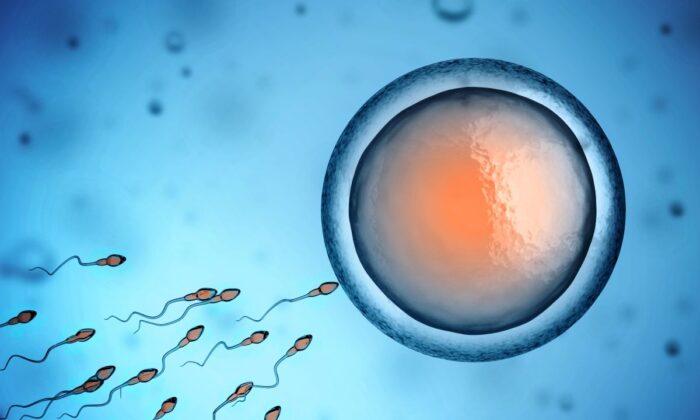The Australian government will utilise Tasmania’s renewable energy potential through significant investment in an interconnector to bring hydroelectricity to the mainland.
The project involves 250 kilometres (155 miles) of undersea cabling and 90 kilometres (56 miles) of underground cabling in the state of Victoria and is expected to provide around 2,800 jobs at peak construction, as well as stimulate investment in hydro and wind-generated electricity.
While these two sources produce clean and low-cost power, there are shortages in supply when the wind isn’t blowing, or the sky is cloudy.
Meanwhile, hydroelectric generators and storage resources can support solar and wind generation by storing excess energy and making it available to customers as needed.
“Marinus Link and Battery of the Nation are true nation-building projects,” he said.
“This will have enormous benefits for Tasmanians and Victorians, strengthening the economy, creating thousands of jobs, driving down power bills and easing the cost of living pressures. More energy in the market means lower prices for everyone.”
Morrison added that these projects would drive new investment in renewable energy initiatives across Tasmania.
The federal government had already invested $66 million into the Marinus Link project, but a further $75 million (US$56.3 million) will progress it to a Final Investment Decision and through the next stages of planning, design, and approvals.
As part of the initiative, an additional $65 million ($48.8 million) will upgrade works on the Tarraleah hydropower scheme redevelopment in Tasmania’s Central Highlands, which was the first Battery of the Nation project.
Tasmanian Premier Peter Gutwein said that the historic agreement would cement Tasmania’s renewable energy future.
“This is a significant agreement for a clean energy highway, helping to reduce emissions, deliver reliable and affordable energy for consumers, and strengthen Tasmania’s economy through new jobs and investment,” he said.
“Tasmania is already a world leader in renewable energy. We can already generate 100 per cent of our energy from renewables with a target to double that by 2040.”
Gutwein went on to say that the Marinus Link project will contribute to the cutting of at least 140 million tonnes of Co2 emissions by 20250, as well put downward pressure on electricity prices, easing the cost of living for Tasmanian families moving forward.
A Joint Ministerial Governance Committee has been established to allow the federal and Tasmanian governments to provide strong oversight on the Marinus Link and Battery of the Nation projects. Further to this, a Joint Committee of Senior Officials will monitor delivery milestones.
A Final Investment Decision on the Marinus Link is expected in 2024.





